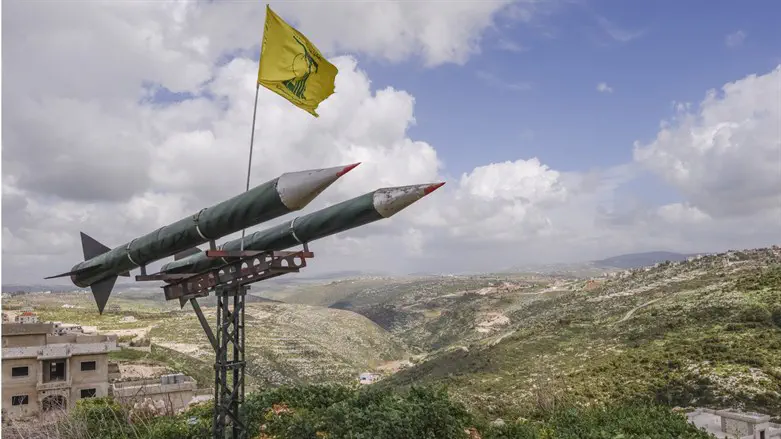
The IDF is finding "large troves" of Russian weapons in southern Lebanon, confirming suspicions that Hezbollah's fighting capacity is greatly helped by Russian arms, the Wall Street Journal reported Tuesday.
Some of the weapons, including the Kornet antitank missiles, were provided by Russia to Syria, and from there reached Lebanon, an Arab official and Syrian security officials told WSJ. Russia has its own warehouses in Syria, and also provides the Syrian military with weapons.
Israel has known for years that the Hezbollah terror group possessed Russian-made arms, but could not prove it due to the terror group's position in southern Lebanon. Now, since the start of the "Northern Arrows" operation in southern Lebanon, the IDF has discovered newer, more advanced weapons, and in larger quantities than military analysts expected. These weapons have been crucial in Hezbollah's ability to hold its own after its top leadership was decimated, and antitank weapons - among Hezbollah's most useful - have been used to kill large numbers of Israelis.
WSJ also noted that the new discoveries have increased concerns that Russia may be deepening its relationship with Hezbollah. An Israeli security official told WSJ that Russia has deepened its cooperation with Iran, which has provided it with drones and ballistic missiles. The same drone Russia used against Ukraine are being used by Hezbollah against Israel; the results are often deadly.
Russia has been operating in Syria since 2011, when it began aiding Syrian President Bashar al-Assad during the Syrian civil war. In 2015, Russia began fighting on the ground alongside Hezbollah, which also sought to keep Assad in power. The shared goals made it easier for Hezbollah to draw on Russian stockpiles in Syria and led to closer relations between the two, Syrian security officials and an Arab official told WSJ.
It is not clear how often Hezbollah obtained weapons using this method, the site added.
Among Hezbollah's Russian-made weapons are Kornets, Metis, Konkurs, Fagots and Saggers; all were found less than a kilometer inside southern Lebanon, above and below ground, an Israeli who heads the disassembly lab told WSJ. He added that he could not be sure how Hezbollah obtained the weapons or received training to use them.
A full 60-70% of weapons seized at the start of Northern Arrows were Russian-made, he stressed. Later during the operation, the IDF continues to find "many" Russian weapons inside Lebanon. Some of the weapons were manufactured as late as 2020, while others are older models.
Neither the Russian government nor the Syrian Foreign Ministry returned requests for comment to the WSJ; the Israeli Prime Minister's Office declined comment.

